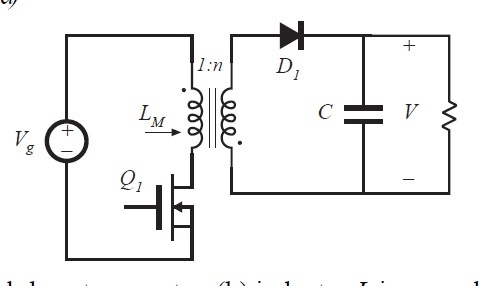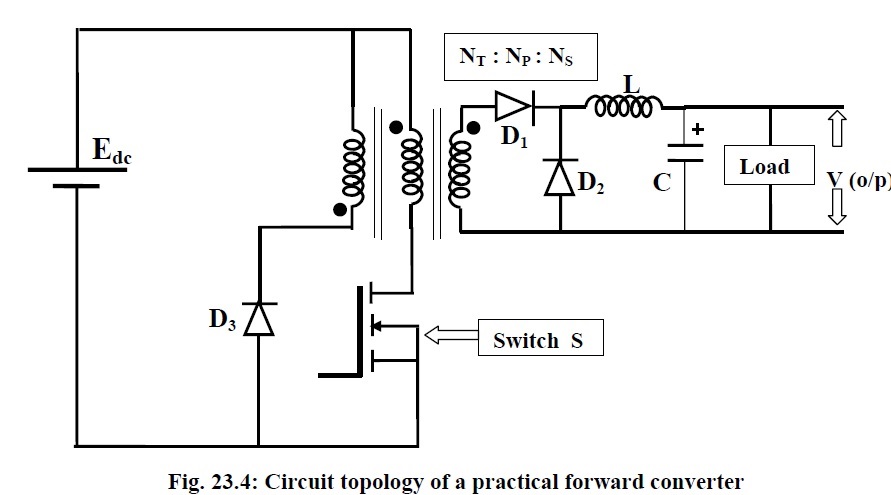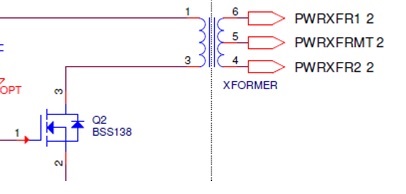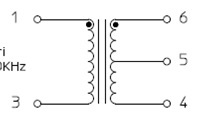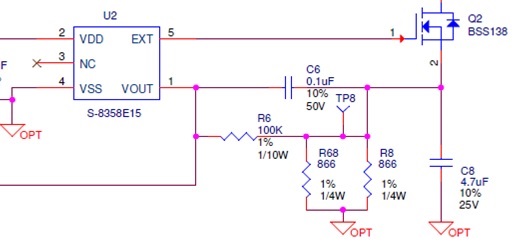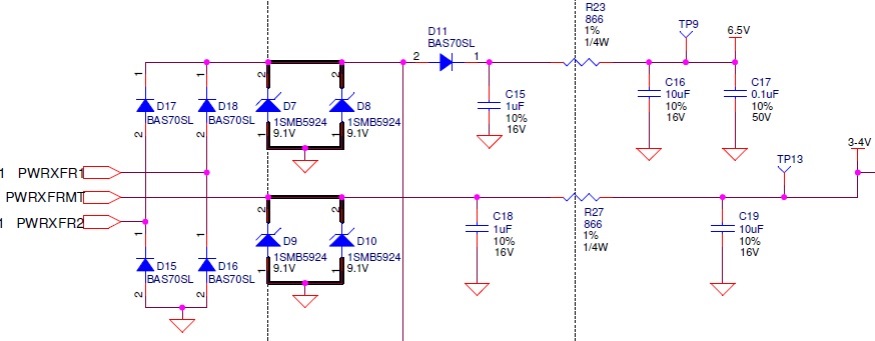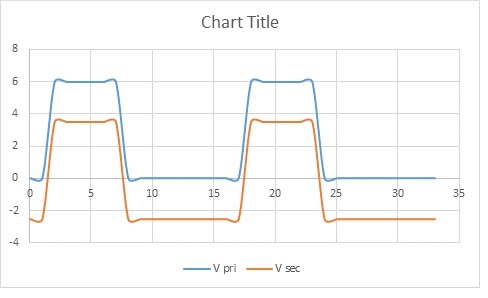Hi,
In general, isolated DC-DC converter is either flyback converter or forward converter.
flyback
forward
But why not just have switching, then 4-diodes rectifier bridge? Is there anything bad about such design?
The “dots” of the transformer are as below
Hope to hear from you soon
Thanks and best regards,
KH


